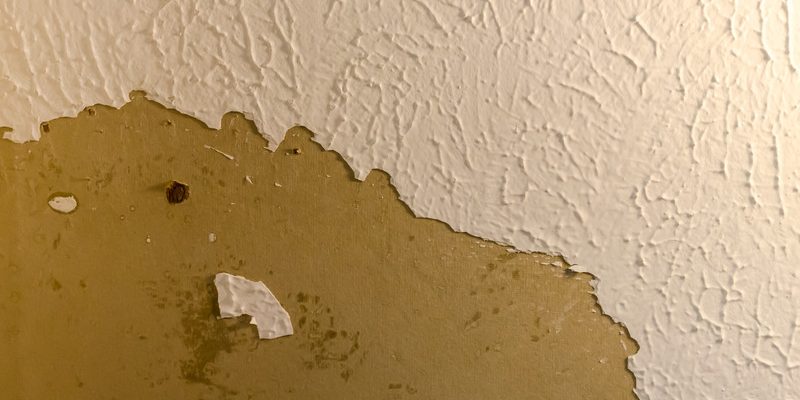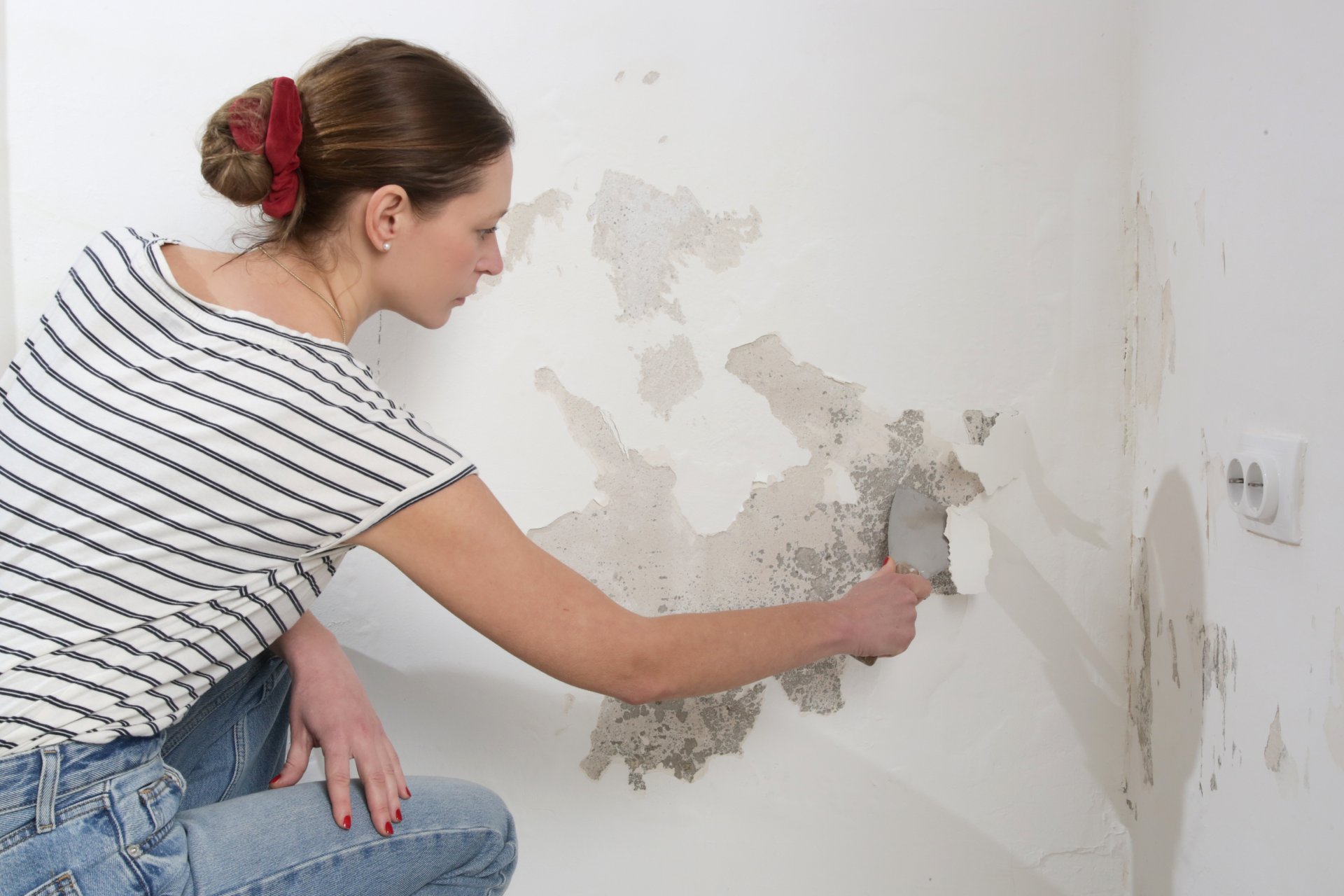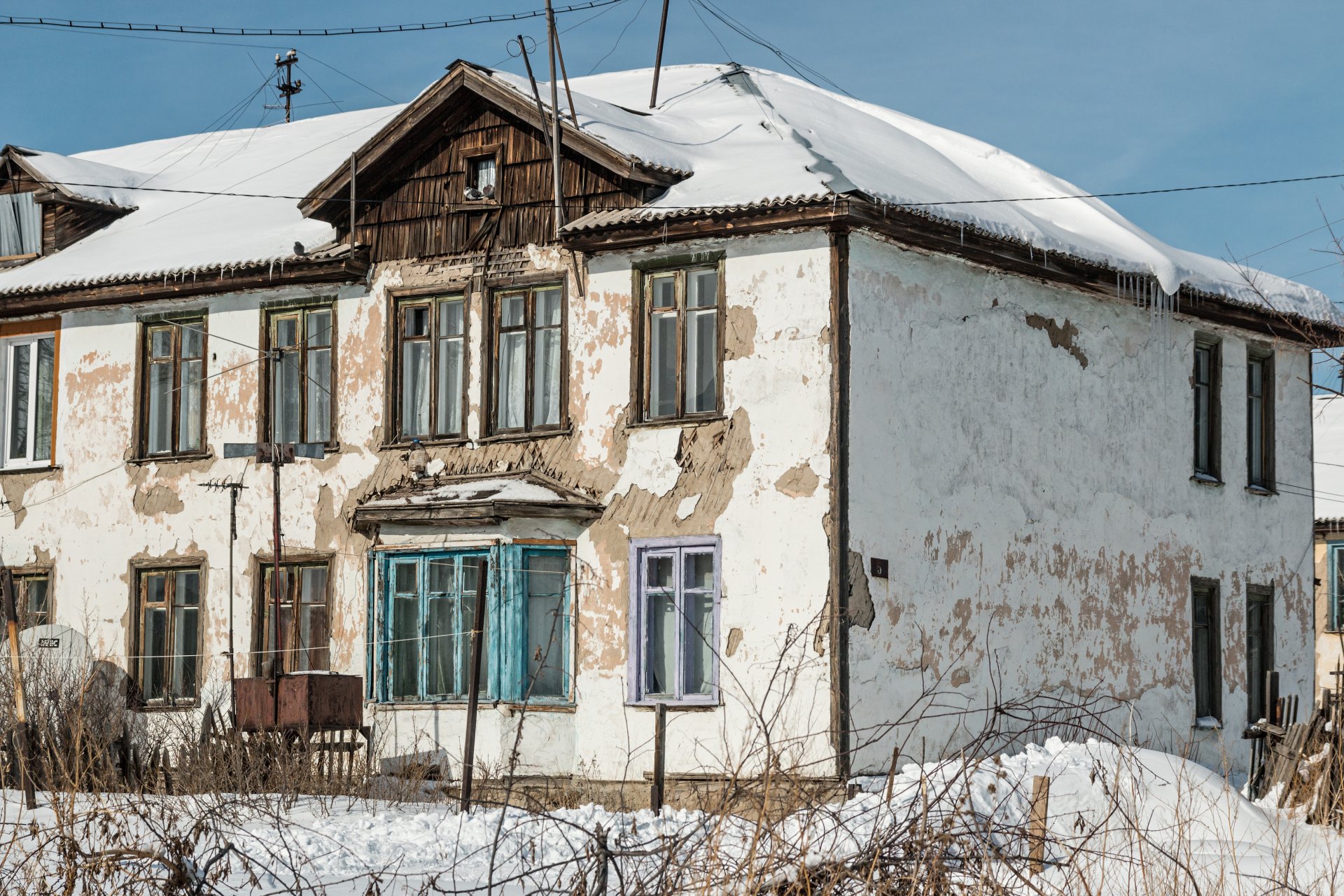Your popcorn ceiling is an unwelcome relic of the good ol’ days – but you don’t necessarily need to remove them. You can simply cover the popcorn ceiling, saving you lots of time and money
Some things get better with time, like an aged bottle of fine wine or a well-managed investment portfolio. Popcorn ceilings, however, are not one of them.
A relic of the suburban housing boom of the 1960’s and 70’s, popcorn ceilings are one of the few exceptions to the rule that eventually everything comes back into style.
At the height of the trend, they were considered a stylish feature in home decor, mostly used in hallways and bedrooms for acoustic absorption or elsewhere to hide any flaws in the ceiling construction.
With new legislation outlawing the use of asbestos in the 1980s – alongside their irritating habit of collecting dust and allergens in their countless crevices, and the notorious difficulty to repair and maintain them – popcorn ceilings have become an unwelcome memento of the good old days.
When planning a remodel of your popcorn ceiling, there is an immediate decision to be made, no matter what new design you may envision: To remove or cover?
Popcorn Removal - Not What It Seems
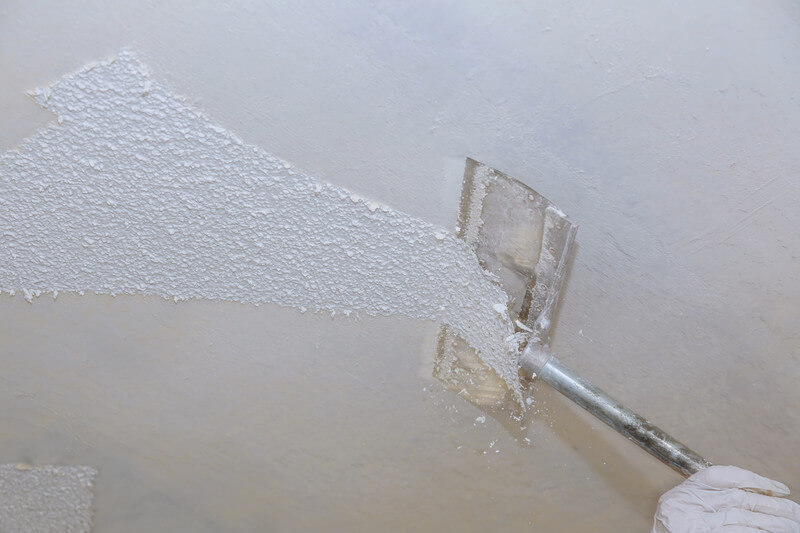
The first instinct is often to simply remove the texture and start from scratch, to create a nice blank canvas upon which your new ceilings will be born.
Any decent home renovation professional can tell you just spray some moisture on the popcorn texture, let it sit and absorb, and scrape it off with ease. (For an easy step-by-step guide to removing popcorn ceilings, read “Ten Steps to Removing Popcorn Ceilings.”)
But this creates a dusty, unwieldy mess and may release dangerous asbestos into the air. It is time-consuming work (and therefore expensive) and when completed, it often reveals a flawed, aging, damaged ceiling that itself will require further expensive repairs. After all, popcorn texture was frequently applied as a convenient cover for flaws that may have existed years ago. Not quite the blank canvas you imagined.
Going for the Cover-up
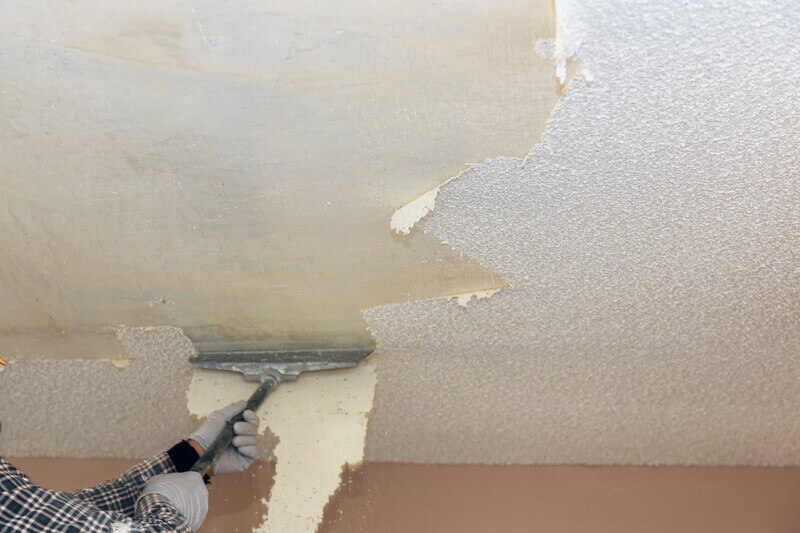
That leads us to the second option: covering your popcorn ceiling. This is the homeowner’s chance to be a real politician by planning an effective cover-up. You can make those ugly popcorn ceilings disappear, all while saving time and money and without limiting your design potential.
In fact, covering your popcorn may open up entirely new possibilities, affording an opportunity to install new light fixtures and ceiling fans, and to run plumbing or cables if there is a living space above. All while avoiding the mess of removal and the inevitable repairs the ceiling will require once that popcorn texture is gone.
Covering your Popcorn - A Menu of Great Choices
Let’s take a look at some of the most popular and cost-effective solutions for covering your worn out and weary popcorn ceilings. We will examine the pros and cons of each option along with their expected demands on your time and money. As an informed consumer, you will be positioned to make an empowered, smart choice about your ceiling’s future.
1. Skim Coat and Paint
Likely the fastest and cheapest option for covering popcorn ceiling, skim coat provides a fresh, smooth surface for a new coat of paint. A skim coat is a thin layer of diluted joint compound that is applied by hand, spray, or paint roller. A trowel or drywall knife smoothes it out evenly over the surface, after which an extra coat should be added. Suddenly, you’re looking at a flat, uniform ceiling ready for primer and a paint of you choice.
Skim coating your popcorn texture is a fast and cheap option, but be aware that it can create quite a mess and requires delicate skill and an experienced hand to be done correctly. As you don’t need to create a new ceiling, your only costs are the joint compound, some basic tools, and the labor hours of a professional.
2. Tongue and Groove Ceiling Planks
Involving fewer tools and less labor than drywall or ceiling tiles, these wooden planks are highly customizable. There is a wide variety of wood, stains, and paints available to achieve your desired look. Wood planks with tongues and grooves are more expensive but they ensure a clean, secure design for your ceiling. Fairly easy to install, the wooden planks provide a rustic appearance that will enhance your room.
However, wood has the potential to warp, crack, and rot over time, so this type of ceiling may require more maintenance than others. Because the planks are manufactured in smaller pieces than drywall, it may take more time to install, although it requires less finishing work than drywall installation.
High quality tongue and groove wooden planks should cost around $300 for a 12 x 12 ft. room, not including labor and installation tools.
3. Gypsum or Drywall
Considered a classic, relatively inexpensive, and attractive solution for covering popcorn ceilings, gypsum board and drywall will provide a flat and smooth surface for a new coat of paint, and leave you some space to run new electric or plumbing lines in your ceiling. It provides an opportunity to add or move lighting fixtures and ceiling fans in your new ceiling design. Gypsum board is lighter than drywall and often used on ceilings for this reason.
The process is fairly labor intensive and requires a steady, experienced hand to accomplish correctly. Costing about $1.50 per square foot, not including labor, it is fairly easy on your renovation budget.
When completed, you will be left with a clean surface on which primer and paint of your choosing can be applied.
4. Surface-Mount Ceiling Tiles
Ceiling tiles are offered in a wide variety of colors, textures, and designs affording you flexibility in customizing your new ceiling – mock wood, stone, prints. Installed directly on the ceiling (as opposed to drop ceilings) these tiles are less labor intensive, fairly easy to assemble, and are good solution to stay within height regulations for lower ceilings. They can be screwed directly onto ceiling joists instead of being hung on hooks or wires.
Ceiling tiles can be a bit more expensive than covering your popcorn with drywall, averaging about $400 for a standard 12 x 12 ft room, for material alone.
5. Drop Ceilings
Drop ceilings may remind you of the bland, white tiles you may remember from your classroom or dentist’s office. Today, however, there is an explosion of varieties, designs, and textures available on the market to enhance your room and coordinate with your interior design. Installation is made easy with the classic grid formation while remaining versatile, easy to maintain, and likely within your budget.
However, drop ceilings can be considered one of the more expensive options for covering popcorn, and they are not a good solution for lower ceilings when you are bordering on building codes that regulate minimum ceiling height.
The materials needed, including the grid and panels will average over $1,000 for a 12 x 12 ft room, not including labor.
Further Reading
The process of removing, covering, repainting, or otherwise updating your popcorn ceiling is a worthwhile endeavor that involves a number of considerations. To become an informed and empowered homeowner as you engage in this process, we invite you to explore the many issues that may come up during your renovation:
- Ten Steps to Removing Popcorn Ceilings
A step-by-step, simple guide for removing popcorn culled from experienced professionals in the field.
- What To Do After Removing Popcorn Ceilings
Once the popcorn is removed, a quick guide for repairing and preparing your ceiling for what comes next.
- How to Paint a Ceiling After Removing Popcorn
Further tips on popcorn removal and how to repair, prime, and paint your ceiling.
- Choosing the Best Popcorn Ceiling Repair Companies
A guide on what to watch out for, what credentials and licenses are required, and how to make sure you are hiring the right professionals to do the job right.
- How Much Does Popcorn Removal Cost
A deep dive into what to expect for your budget if you choose to remove your popcorn ceiling.
Let’s Make It Happen
It is time for those outdated, dirty, and potentially hazardous popcorn ceilings to go. The good news is, there are many cheap and beautiful options for simply covering them without having to bother with a messy and expensive removal.
We understand that the process of updating your ceilings may be complex, even overwhelming. That’s why we stand ready to consult with you regarding your ceiling, your personal vision, and how to make it happen.
Dallas Paints is a leading home repair and design contractor in Texas. We invite you to contact us for any questions you may have regarding your ceiling renovation.

